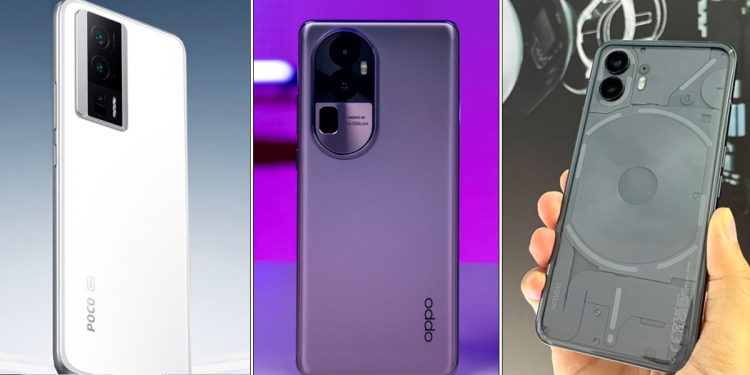If you’re looking for a brand new flagship Android smartphone these days, you might be a little wary of how expensive these devices are becoming. However, multiple manufacturers have been releasing a slew of alternatives this year that are powered by the slightly older Qualcomm Snapdragon 8+ Gen 1 system-on-chip instead.
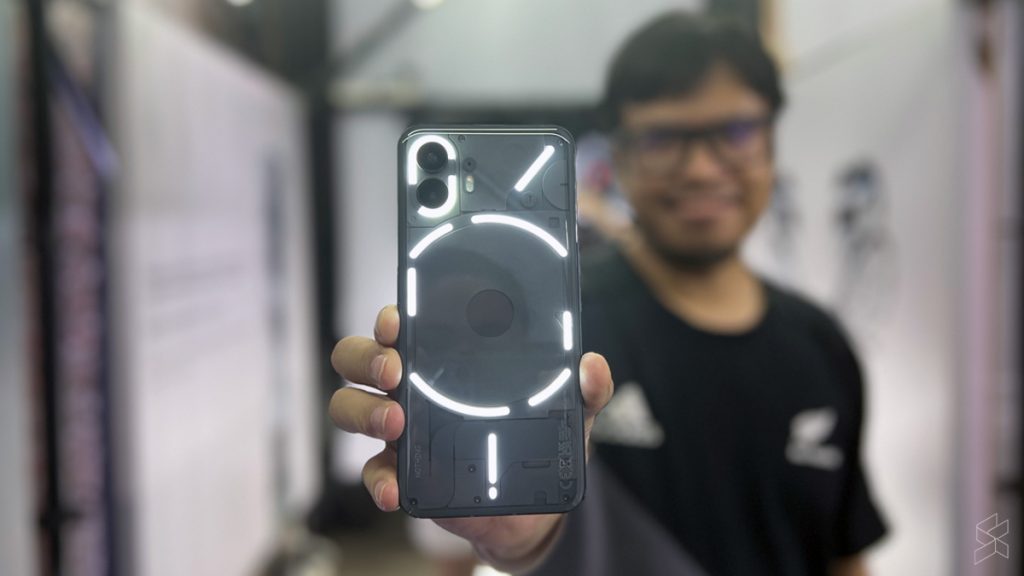
And indeed, if you’re looking for a powerful smartphone but at a slightly cheaper price tag, it’s hard to argue against these Snapdragon 8+ Gen 1 devices. It’s still a flagship tier processor and unless you’re spending the day running benchmarks only, you’ll likely be happy with its performance too.
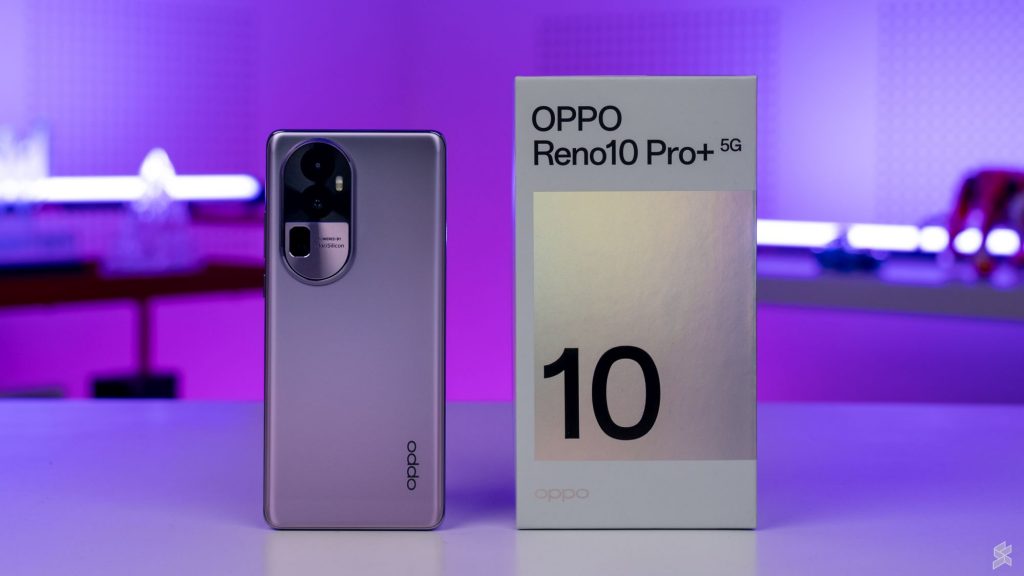
As such, we’re taking a look at three of the latest Snapdragon 8+ Gen 1-powered smartphones in Malaysia—the Poco F5 Pro, the Oppo Reno 10 Pro+ and the Nothing Phone (2)—and compare them against each other to see which one should you be picking up next.
Display
Okay so we’ll be starting with perhaps the most commonly used feature on any smartphone: the display. The Poco F5 Pro starts off strong with a 6.67-inch, WQHD+ ‘Flow AMOLED’ display, making it the highest resolution screen among the three. It has a peak brightness of 1,400nits, a 5,000,000:1 contrast ratio, an up to 120Hz refresh rate, support for Dolby Vision and HDR10+ and a layer of Corning Gorilla Glass 5 over it too for scratch resistance.
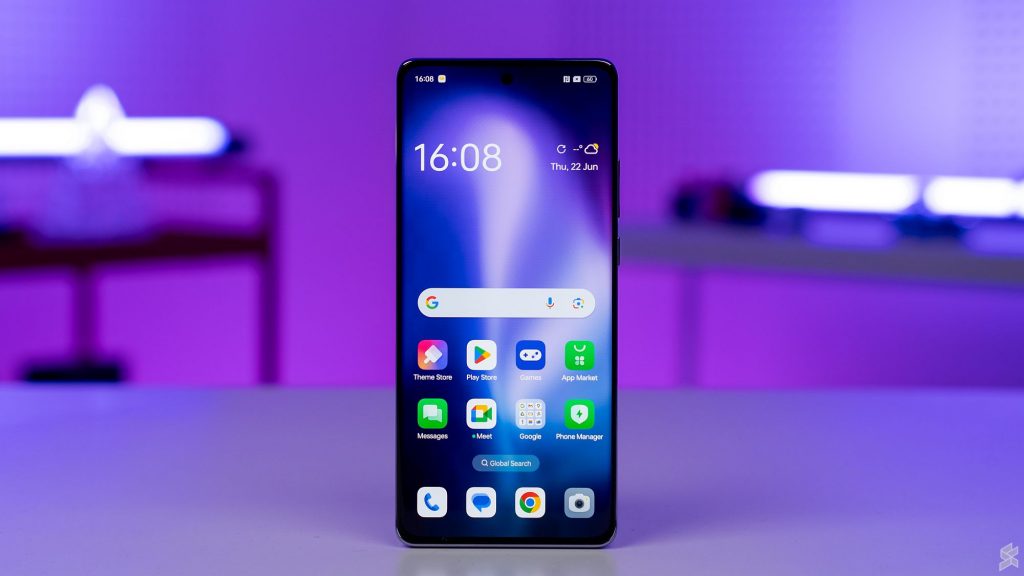
As for the Oppo Reno 10 Pro+, it offers the largest display here, as well as the only curved display, with a 6.74-inch, AMOLED 3D curved display with a 2772 x 1240p resolution that offers an up to 120Hz refresh rate with a peak brightness of 1,400nits and a 2,000,000:1 contrast ratio, with a layer of AGC Dragontrail Star 2 glass over it for scratch resistance.
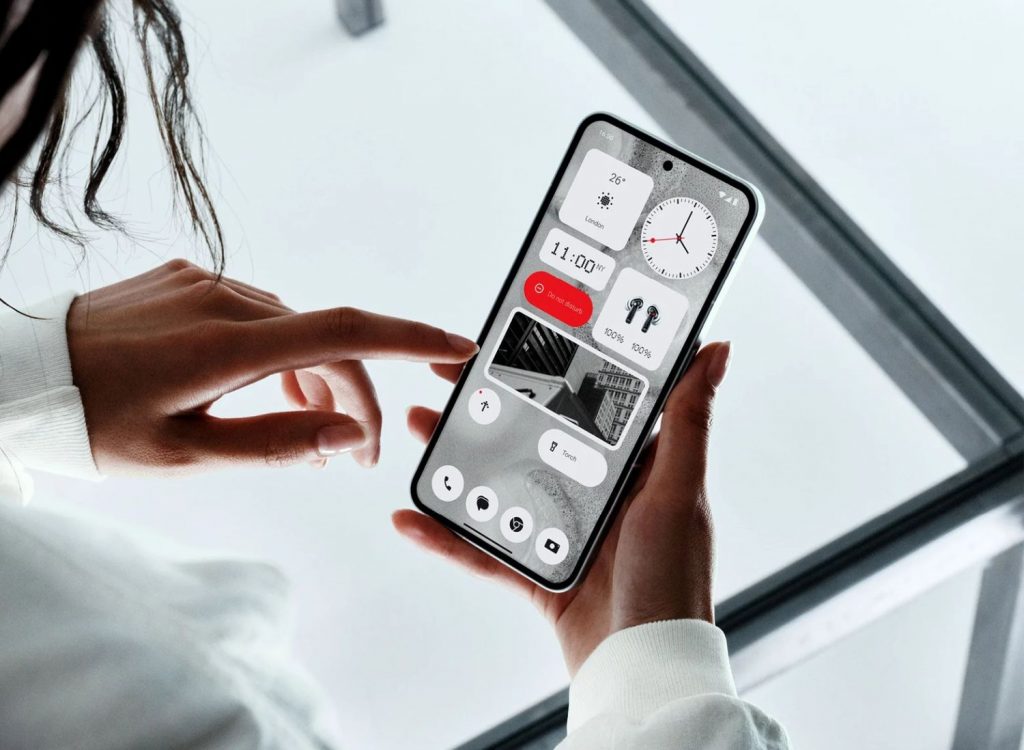
Lastly, we have the Nothing Phone (2) which has a 6.7-inch, FHD+ OLED display, making it the lowest resolution device between our three contenders. However, what it has going for it though is a uniform bezel all around the display, giving it a sleeker, iPhone-esque look to it. It also has a 1 to 120Hz refresh rate, a peak brightness of 1,600nits, a 1,000,000:1 contrast ratio and support for HDR10+ and an unspecified version of Corning Gorilla Glass over it for scratch resistance, believed to be Gorilla Glass 5.
Camera
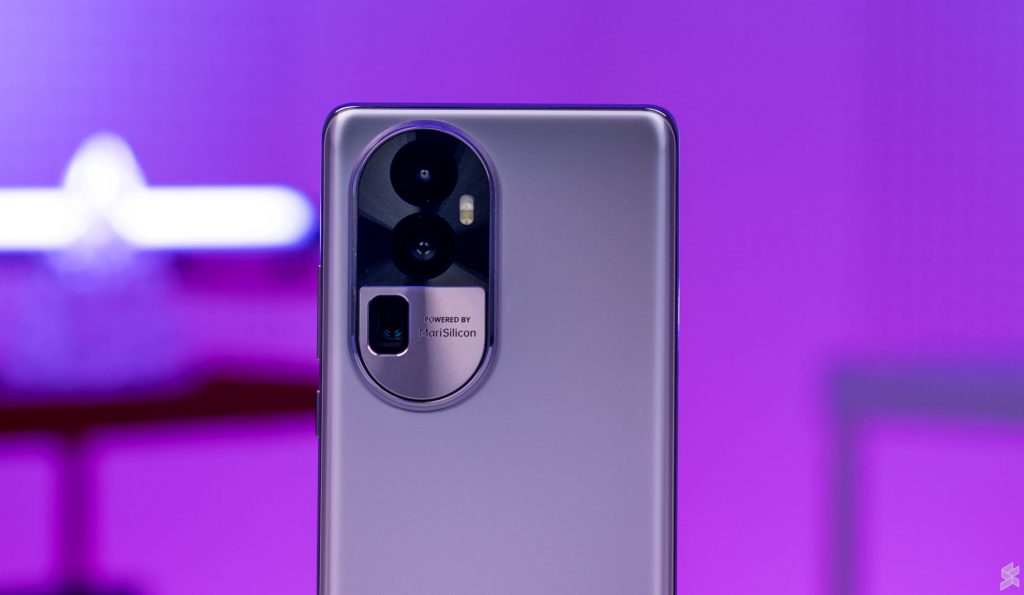
Now we haven’t really had a lot of time to play it these three phones just yet, but based on the early findings of some in the SoyaCincau office the Oppo Reno 10 Pro+ might actually have the best camera among the three, or at least certainly the most versatile camera setup. You’re getting a main 50MP, f/1.8 camera using the Sony IMX890 sensor, a 64MP, f/2.5 periscope telephoto shooter offering 3x optical zoom as well as an 8MP, f/2.2 ultrawide lens while for selfies you get a 32MP, f/2.4 front facing camera.
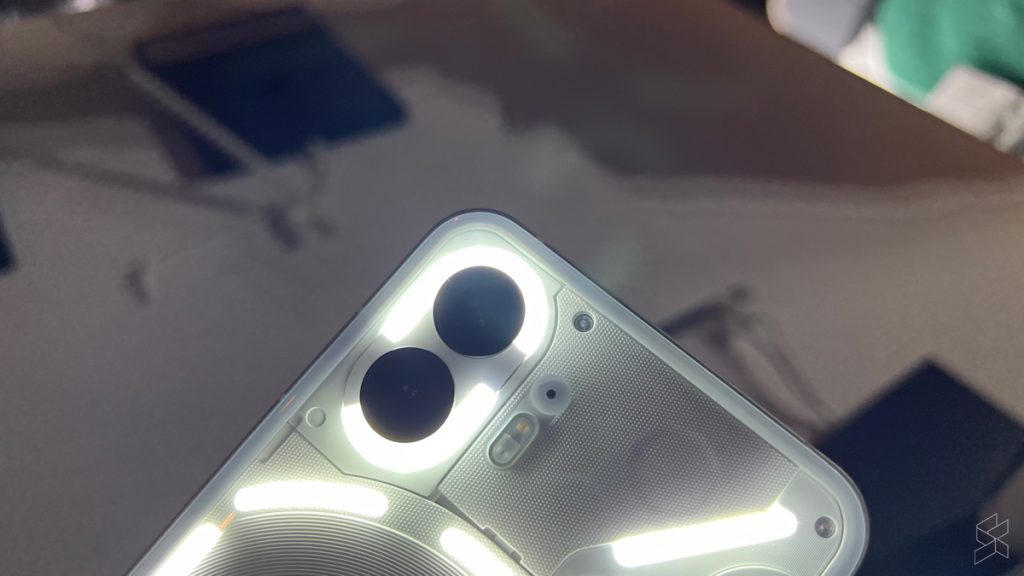
Next in line is the Nothing Phone (2), which also has a 50MP, f/1.88 main camera using the Sony IMX890 image sensor. That gets flanked by a 50MP, f/2.2 ultrawide shooter, with no third camera on the back. In front meanwhile is a 32MP, f/2.45 front facing camera for your selfies, with the punch hole cut out now moved to the center of the display.
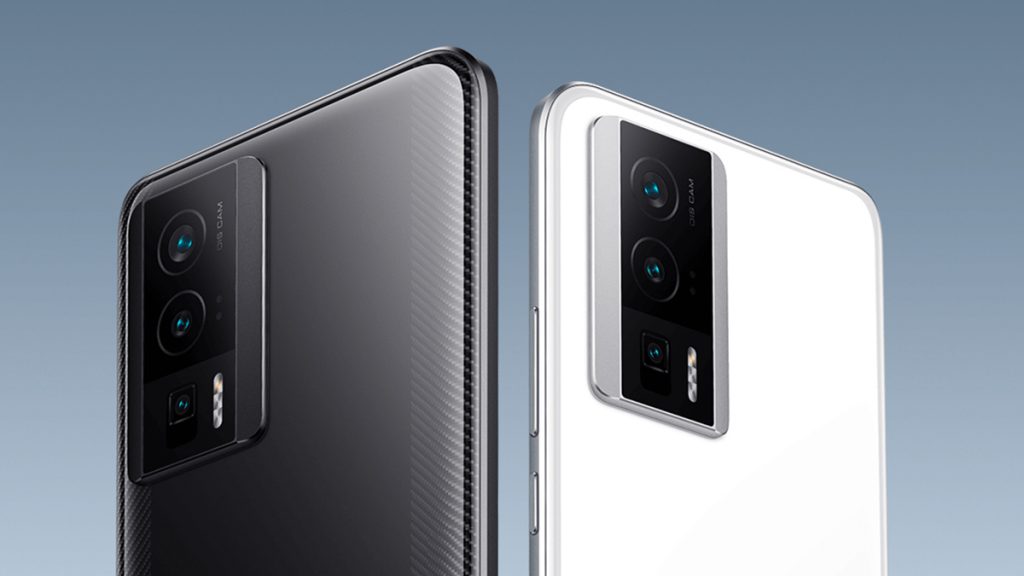
As for the Poco F5 Pro, you’re getting a 64MP, f/1.79 main camera using the Omnivision OV64B image sensor, flanked by an 8MP, f/2.2 ultrawide shooter and a 2MP, f/2.4 macro lens, while a 16MP, f/2.45 selfie camera rounds things off. Compared to the Reno 10 Pro+ and the Phone (2), the Poco F5 Pro does seem to be lagging behind in the camera department just a bit.
OS and software support
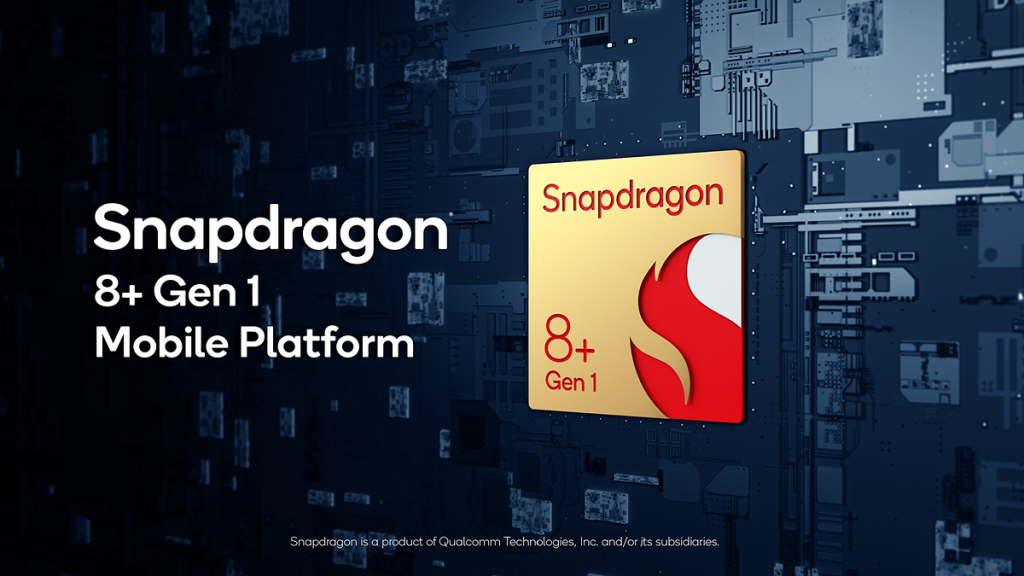
All three of these devices come with the Qualcomm Snapdragon 8+ Gen 1, so performance between the Nothing Phone (2), Oppo Reno 10 Pro+ and the Poco F5 Pro will be very similar. In terms of RAM and storage options, the Phone (2) comes with 12GB of RAM as standard with your choice between 256GB or 512GB of storage. The base model Poco F5 Pro has 8GB of RAM and 256GB of storage, with 12GB of RAM and 512GB storage options available too. The Oppo Reno 10 Pro+ meanwhile is available in just one configuration, packing 12GB of RAM and 256GB of storage.

However, the three phones certainly take very different approaches to its Android skin and software support. The Phone (2) has perhaps the sleekest Android skin among the three, with its Nothing OS 2.0 software blending a mix between stock Android and its own take on a minimalist vibe, with features such as a monochromatic mode for your home screen. It’s also the best of the bunch in terms of software support, with Nothing guaranteeing at least three years of Android upgrades and four years of security patches that will come every two months.
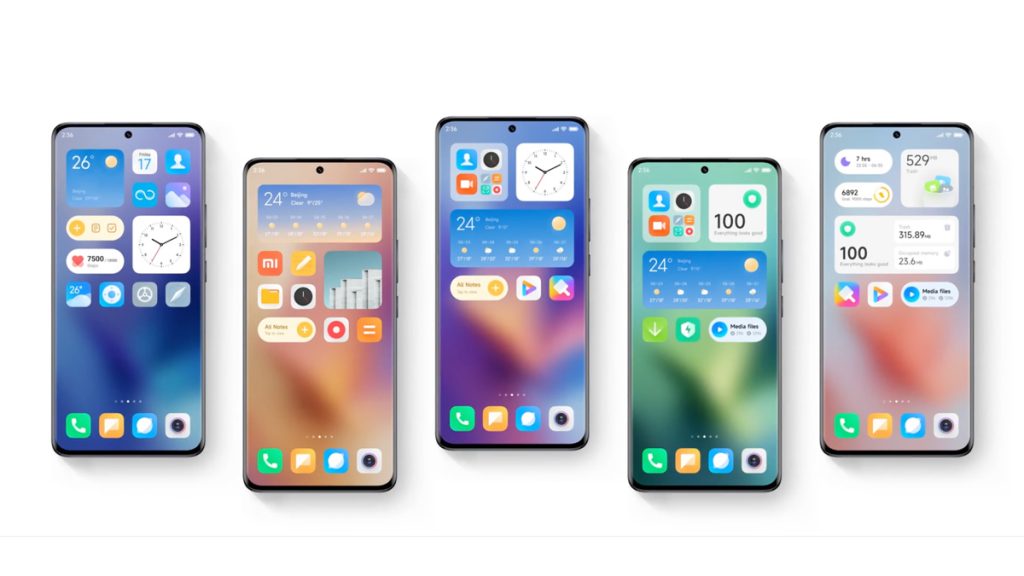
As for the Poco F5 Pro, it takes things completely in the other direction with its MIUI 14 for POCO skin over Android 13. If you’ve used MIUI before you’ll likely know what I mean, with a more vibrant and colourful look, along with an unfortunate amount of bloatware and ads. Tinkerers though will appreciate the customisability, and you can even unlock the bootloader to install custom ROMs—at your own risk of course. Poco has previously said that it will get two major OS upgrades and three years of security patches, but their track record of getting these updates out on time is spotty to say the least.
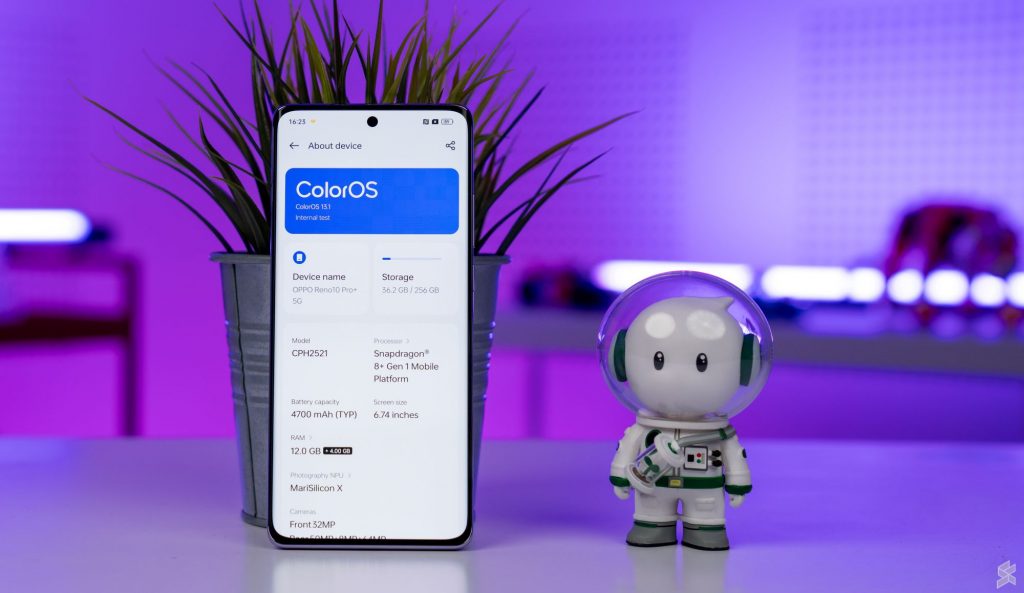
The Oppo Reno 10 Pro+ meanwhile uses ColorOS 13 based on Android 13, and is again very much its own thing with a colourful look that’s also quite different from stock Android. In fact, if you’ve used or seen OnePlus’ OxygenOS before, this is basically the same thing with its own quirks. Unfortunately, Oppo has not confirmed a software support policy for the Reno 10 Pro+, so it while it may get some updates, there’s no formal guarantee there.
Battery
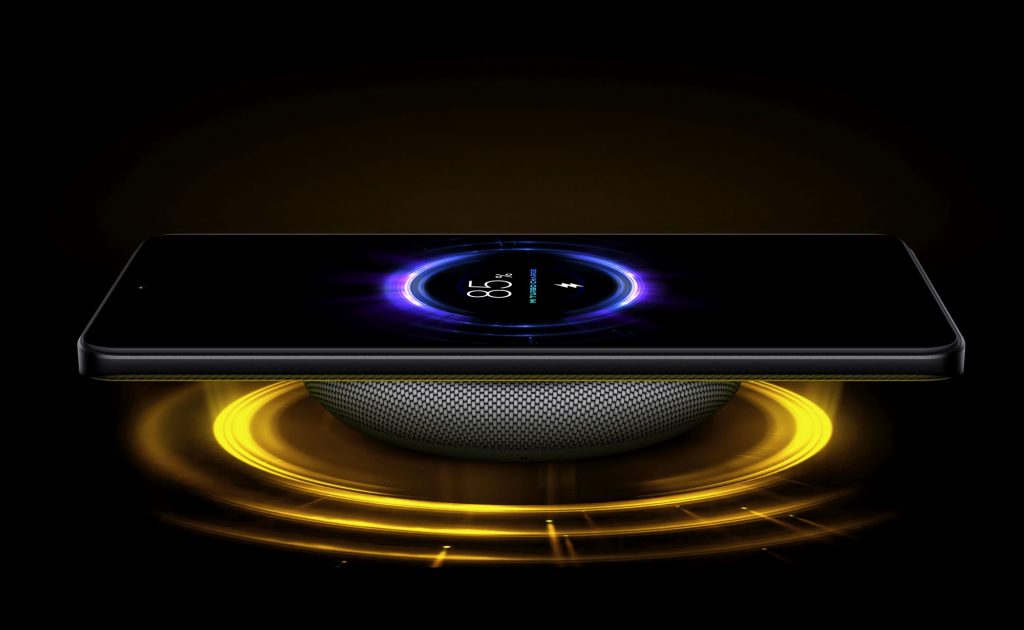
In the battery department, the Poco F5 Pro has a 5,160mAh battery, the largest of the three, with support for 67W wired fast charging as well as 30W wireless fast charging, seen for the first time on a Poco device. The Reno 10 Pro+ meanwhile has a 4,700mAh battery with 100W SuperVOOC fast charging but lacks wireless charging altogether.
Lastly, the Nothing Phone (2) has a 4,700mAh battery too, with 45W fast charging, 15W wireless charging as well as 5W reverse wireless charging. However, it’s perhaps worth noting that the Phone (2) does not come with a charger in the box so if you don’t already have a 45W-capable USB-PD charger you’ll have to get one yourself.
Everything else
Of course, when talking about these three devices, it’s hard to look past the most unique feature on the Nothing Phone (2): the Glyph Interface LEDs on the back.
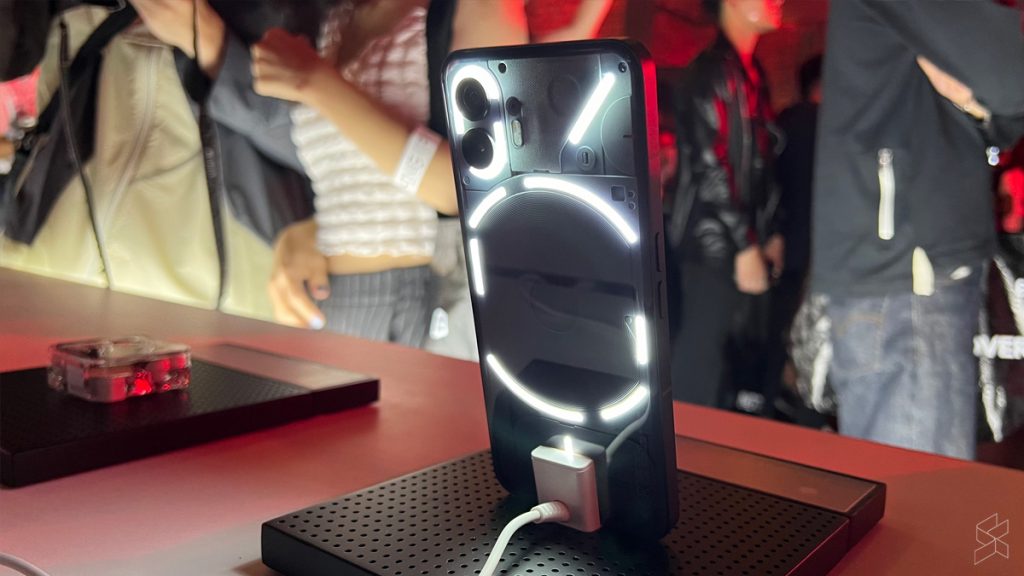
It not only gives it a standout design compared to the Reno 10 Pro+ and the Poco F5 Pro, but there’s some practical use case for it too, with it depicting stuff like your notifications, battery percentage when charging and even how close your food is when you order from Uber Eats… though that doesn’t actually apply here as we don’t have it in Malaysia. A new Glyph composer meanwhile lets you customise ringtones to match the lighting on the back.
As for dust and scratch resistance, only the Nothing Phone (2) and the Poco F5 Pro have them, with an IP54 and IP53 rating respectively, while the Oppo Reno 10 Pro+ doesn’t have an IP rating altogether. All three devices do have stereo speakers though. The Reno 10 Pro+ and the Poco F5 Pro also come with an IR blaster if that matters to you.
Price
Lastly, we come to perhaps the most important criteria when buying a new smartphone: the price. Of our three Snapdragon 8+ Gen 1 contenders so far, the most expensive is the Oppo Reno 10 Pro+, which goes for RM3,499. This gets you the device with 12GB of RAM and 256GB of storage. In second place meanwhile we have the Nothing Phone (2), which starts at RM2,999 for the model with 12GB RAM and 256GB storage, while for RM3,499 you get twice the storage.
If all you care about though is purely price-to-performance, it’s hard to argue against the Poco F5 Pro. Officially retailing at RM2,099 for the base model with 8GB of RAM and 256GB of storage, rising to RM2,199 for 12GB RAM and 256GB of storage and RM2,399 for 12GB of RAM and 512GB of storage, the Poco F5 Pro is the cheapest of the lot by a country mile. Does that mean the Poco F5 Pro is the best among the three smartphones though?
Well, it really depends on what you want in a smartphone. Like we said, for the best bang-for-buck in raw performance, getting a Snapdragon 8+ Gen 1 for sometimes even less than RM2,000 when it’s on sale is hard to beat. However, the Nothing Phone (2) does present an interesting alternative as a more premium and all-round smartphone, with better cameras, higher end build quality, unique design and longer guaranteed software support, though much more expensive.
As for the Oppo Reno 10 Pro+, while its cameras are a strong point, considering it’s more expensive than ‘true’ flagships like the OnePlus 11, it does make it a bit harder to recommend especially when it lacks a proper software update policy.

